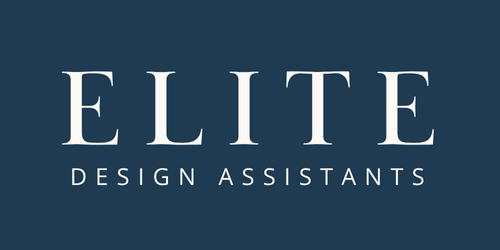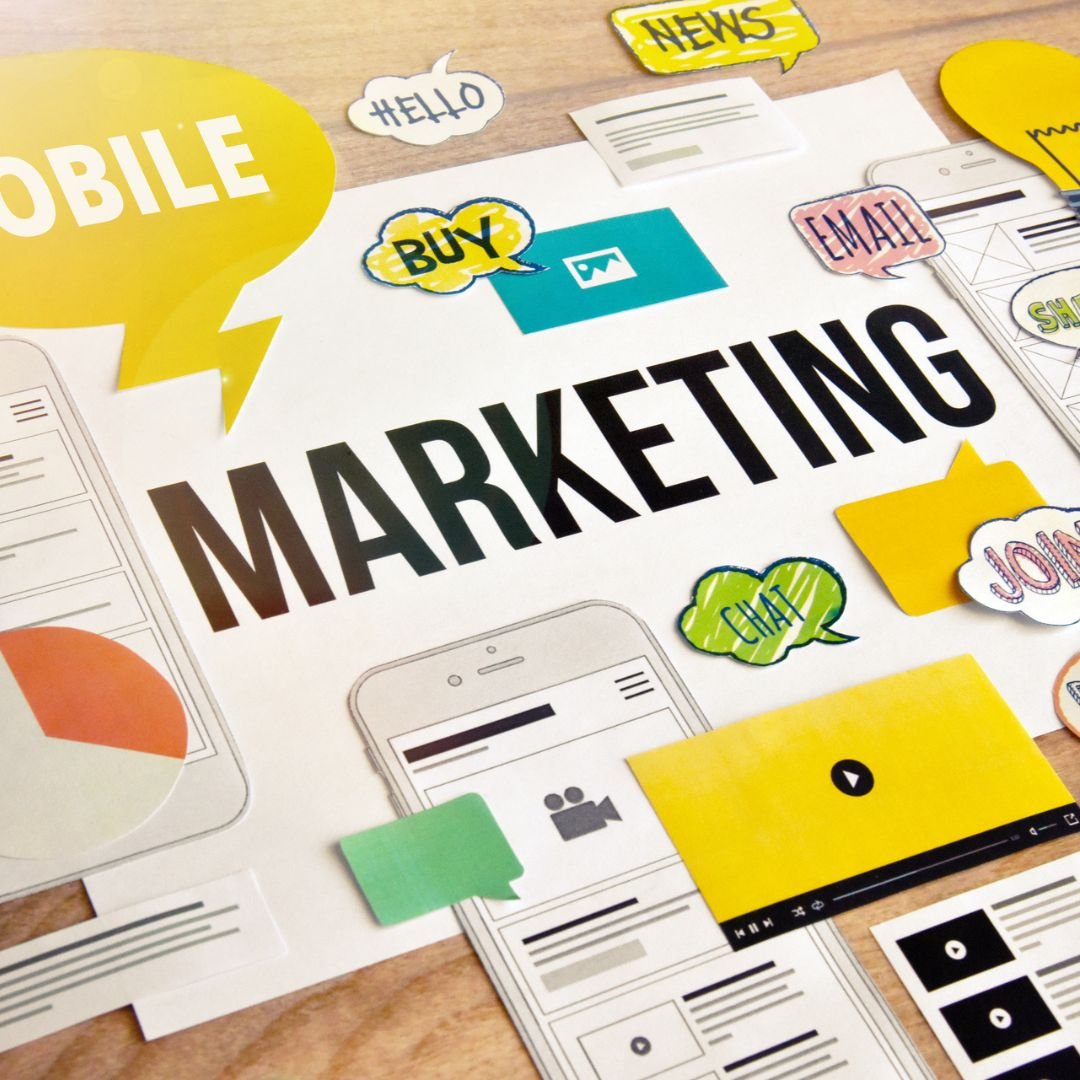12 Marketing Tips to Level Up During the Slow Down
/Is your interior design business going through a quiet phase? Don’t lower your rates and devalue your services. And above all, don't panic, because these slow times can actually be a blessing in disguise as the perfect opportunity to revamp your marketing strategy and ultimately attract more clients. In the world of interior design, staying relevant and proactive in marketing is key to long-term success. So, let's explore 12 essential marketing tips that will not only help you navigate the lull but also thrive during these slower periods.
START WITH WHAT YOU’VE GOT
1. Review Your Existing Material
Sort through project photos, sketches, and any other content you can use for your website and social media posts. Get ahead on your editorial calendar by preparing posts for when the pace of your work increases. This not only keeps your online presence active but also ensures you're ready to share your work efficiently when the time comes.
2. Leverage Client Testimonials
Your satisfied clients can be your best brand ambassadors. Don't hesitate to ask them for testimonials and feature these prominently on your website and marketing materials. Word-of-mouth recommendations are invaluable in the interior design industry, as potential clients trust the experiences of others.
3. Offer Free Workshops or Webinars
Showcase your expertise by hosting engaging workshops or webinars on interior design topics. These events, whether conducted online or in person, serve as magnets for potential clients, highlighting your knowledge and skills.
EMBRACE DIGITAL MARKETING
4. Craft a Comprehensive Marketing Plan
Whether you're taking the leap into the world of digital marketing or reevaluating your current digital marketing strategy, now is the perfect time. Consider partnering with a digital marketing expert to create a detailed plan that encompasses key elements such as search engine optimization (SEO), enticing lead magnets supported by landing pages, compelling ad campaigns, and overall engaging content. With a well-crafted plan, the only time you'll experience a slowdown is when you decide to take a breather!
5. Build an Email List
Collect email addresses from clients and prospects to create a direct line of communication. Send out regular newsletters with design insights, project updates, and exclusive offers, enabling you to stay in touch and foster stronger connections during slower periods.
6. Update Your Website
Your website is your digital business card. Make sure it's not only up-to-date but also user-friendly and visually appealing. A well-structured website encourages potential clients to explore your services. Investing in professional photography to showcase your portfolio effectively is a smart move, as visuals have a powerful impact.
7. Maintain a Blog
A blog on your website is a fantastic tool to share your knowledge, insights, and design tips. It establishes your authority in the field and keeps your website fresh with new, relevant content. It's also an excellent way to connect with your audience, providing value and building trust.
8. Monitor Analytics
With a solid plan, active campaigns, a robust online presence, and quality content, you're on the right path. Now, regularly monitoring analytics is crucial. This means metrics like your social media engagement, click-through rate, and bounce rate. It allows you to spot what's effective, find areas for improvement, and refine your strategies. This ongoing process ensures your tactics remain aligned with your goals and adaptable in the ever-changing digital landscape.
BRANCH OUT
9. Diversify Your Services
Consider broadening your service offerings. Virtual consultations, 3D design renderings, and online design courses are excellent choices to diversify your portfolio. Diversifying your services not only attracts new clients but also creates additional revenue streams. Just make sure these align with your long-term vision and don't represent short-term desperation.
10. Prioritize Networking
Networking is a crucial aspect of your interior design business. Attend industry events, join local business groups, and get to know other professionals in your area. Building relationships can not only provide industry insights, but also lead to referrals and partnerships, which are significant sources of new business.
11. Check Out Competition & Industry Trends
Gain a competitive edge by studying your rivals' marketing strategies and new services being offered. This analysis can uncover market gaps, potential partnerships, and ways to distinguish your interior design business.
12. Collaborate with Influencers
Influencer marketing isn't confined to the fashion and beauty industry. Collaborating with local influencers can extend your reach to a broader audience. Consider offering them a room makeover in exchange for a feature on their platform. This can significantly increase your exposure and attract potential clients.
Marketing is an ongoing process. Slow times can be an opportunity for growth and improvement, both for your business and your marketing strategies. So don't be discouraged by the occasional slowdown. Implement these tips consistently, and you'll soon find yourself having to choose between an abundance of project opportunities!
xx, Danae












